I am currently working on developing an algorithm to determine centroid positions from (Brightfield) microscopy images of bacterial clusters. This is currently a major open problem in image processing.
This question is a follow-up to: Python/OpenCV — Matching Centroid Points of Bacteria in Two Images.
Currently, the algorithm is effective for sparse, spaced-out bacteria. However, it becomes totally ineffective when the bacteria become clustered together.
In these images, notice how the bacterial centroids are located effectively.
However, the algorithm fails when the bacteria cluster at varying levels.
Original Images
I'd like to optimize my current algorithm so it's more robust for these type of images. This is the program I'm running.
import cv2
import numpy as np
import os
kernel = np.array([[0, 0, 1, 0, 0],
[0, 1, 1, 1, 0],
[1, 1, 1, 1, 1],
[0, 1, 1, 1, 0],
[0, 0, 1, 0, 0]], dtype=np.uint8)
def e_d(image, it):
image = cv2.erode(image, kernel, iterations=it)
image = cv2.dilate(image, kernel, iterations=it)
return image
path = r"(INSERT IMAGE DIRECTORY HERE)"
img_files = [file for file in os.listdir(path)]
def segment_index(index: int):
segment_file(img_files[index])
def segment_file(img_file: str):
img_path = path + "\\" + img_file
print(img_path)
img = cv2.imread(img_path)
img = cv2.cvtColor(img, cv2.COLOR_BGR2GRAY)
# Applying adaptive mean thresholding
th = cv2.adaptiveThreshold(img, 255, cv2.ADAPTIVE_THRESH_MEAN_C, cv2.THRESH_BINARY_INV, 11, 2)
# Removing small noise
th = e_d(th.copy(), 1)
# Finding contours with RETR_EXTERNAL flag and removing undesired contours and
# drawing them on a new image.
cnt, hie = cv2.findContours(th, cv2.RETR_EXTERNAL, cv2.CHAIN_APPROX_NONE)
cntImg = th.copy()
for contour in cnt:
x, y, w, h = cv2.boundingRect(contour)
# Eliminating the contour if its width is more than half of image width
# (bacteria will not be that big).
if w > img.shape[1] / 2:
continue
cntImg = cv2.drawContours(cntImg, [cv2.convexHull(contour)], -1, 255, -1)
# Removing almost all the remaining noise.
# (Some big circular noise will remain along with bacteria contours)
cntImg = e_d(cntImg, 3)
# Finding new filtered contours again
cnt2, hie2 = cv2.findContours(cntImg, cv2.RETR_EXTERNAL, cv2.CHAIN_APPROX_NONE)
# Now eliminating circular type noise contours by comparing each contour's
# extent of overlap with its enclosing circle.
finalContours = [] # This will contain the final bacteria contours
for contour in cnt2:
# Finding minimum enclosing circle
(x, y), radius = cv2.minEnclosingCircle(contour)
center = (int(x), int(y))
radius = int(radius)
# creating a image with only this circle drawn on it(filled with white colour)
circleImg = np.zeros(img.shape, dtype=np.uint8)
circleImg = cv2.circle(circleImg, center, radius, 255, -1)
# creating a image with only the contour drawn on it(filled with white colour)
contourImg = np.zeros(img.shape, dtype=np.uint8)
contourImg = cv2.drawContours(contourImg, [contour], -1, 255, -1)
# White pixels not common in both contour and circle will remain white
# else will become black.
union_inter = cv2.bitwise_xor(circleImg, contourImg)
# Finding ratio of the extent of overlap of contour to its enclosing circle.
# Smaller the ratio, more circular the contour.
ratio = np.sum(union_inter == 255) / np.sum(circleImg == 255)
# Storing only non circular contours(bacteria)
if ratio > 0.55:
finalContours.append(contour)
finalContours = np.asarray(finalContours)
# Finding center of bacteria and showing it.
bacteriaImg = cv2.cvtColor(img, cv2.COLOR_GRAY2BGR)
for bacteria in finalContours:
M = cv2.moments(bacteria)
cx = int(M['m10'] / M['m00'])
cy = int(M['m01'] / M['m00'])
bacteriaImg = cv2.circle(bacteriaImg, (cx, cy), 5, (0, 0, 255), -1)
cv2.imshow("bacteriaImg", bacteriaImg)
cv2.waitKey(0)
# Segment Each Image
for i in range(len(img_files)):
segment_index(i)
Ideally I would like at least to improve on a couple of the posted images.















